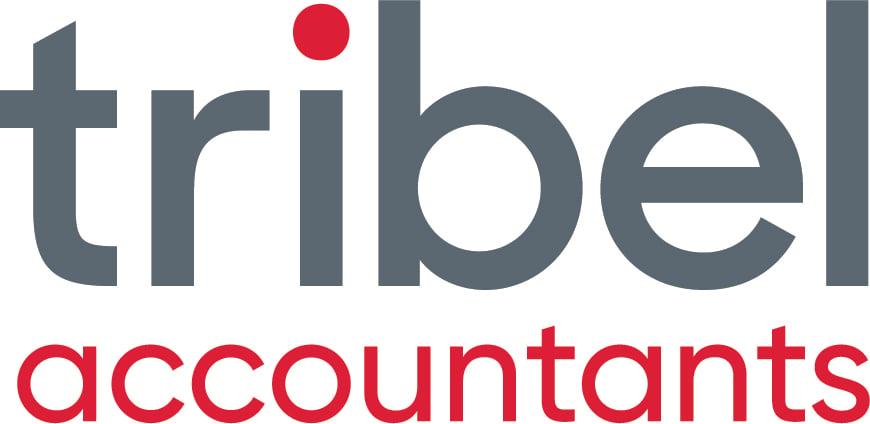INTRODUCTION:
How do you set your prices? There are no hard and fast rules about setting them so that they are absolutely spot on. Some of it can be trial and error. However, here are some helpful guidelines to make sure you don't make some basic mistakes which could place your business in jeopardy or have your small business accountant giving you some bad news about the state of your business and its bottom line.

Figure1: Getting your pricing right is crucial to any small business profitability.
1. Cover your costs & Breakeven point
Naturally you will want to price your products or services so that you can cover your costs.
Firstly work out your fixed costs as these will be the same regardless of the level of sales you make.
Secondly work out what your variable costs are (e.g. cost of goods you buy from suppliers you are going to sell, direct labour costs and packaging). These will go up or down depending how many items you estimate you will sell.
Finally work out your breakeven point based on the first two points above. If your fixed costs for the year are $100,000 and you believe your gross profit margin will be 40% (this is a markup of 66% of your variable costs) then you will need to sell $250,000 for the year to break even. Ignore GST when setting your pricing but once you work out the GST exclusive price add GST (where applicable) to your circumstances.
Quite often your small business accountant will be able to assist you with this calculation as part of any business plan you develop.
Of course, you wish to make a profit not just break even and if you over price compared to your competition then you will need to have a unique selling proposition (e.g. deliver or include warranty) or more than likely the customer will go elsewhere so you might not even reach your break even point.
Your overall sales will be generally made up of quantity times the price. If price goes up, you will need to sell less numbers to reach your target (and potentially less overheads such as fewer admin staff) or if you drop your price you will need to sell more quantities but your overheads may increase a bit to cope with more sales activity.
2. Cost-plus pricing
This pricing strategy is all about taking the cost of product and adding a mark-up percentage that can be determined by you or your small business accountants Sydney or referenced to industry standards.
This is simple to calculate but again be careful it doesn't just put you into a pricing war and allow your customers to shop around.

Figure 2: How will you set your prices?
3. Value-Based pricing
This pricing strategy is set on the basis of the customer's perceived value instead of actual costs. Ensure your pricing and website clearly explain the extras so your customers can compare apples with apples not just the price.
Compare your pricing to your competition and ensure that your sales team is well trained and scripted to be able to explain why your prices may be higher but also what else the price includes that the competition may not.
4. Mark up versus Gross Margin!
Unfortunately I see time and again confusion between mark up and gross margin and this can be disastrous if you use the wrong number depending on which calculation you are doing when setting prices.
Mark-Up = (Sales/Cost of Sales)
So if your sale price is $100 and the cost is $60, then you are marking up your cost by 1.66 (or by 66%).
Gross Margin = Gross Profit (or sales - cost of sales)/Sales. So using the same numbers 0.40 or in percentage terms 40%.
The 2 methods should give you the same result but if you confuse mark-up with gross margin, you might apply only 40% instead of 66%! It's important to get it right.

Figure 3: "Because I'm worth it!" Photo courtesy of Balmain Baz and Lara Scolari Gallery Balmain
5. focus your sales planning & marketing on higher profitability
Once you have worked out your pricing strategy, make sure you have a business plan and a sales and marketing plan to determine how many you can sell using the pricing selected. Setting pricing to determine profitability without a plan on how you will actually achieve the unit sales will be a hit and miss strategy.
Of course make sure you have a great small business accounting system to keep track of your margins and profitability. Being able to get different margins for different products out of the system will make it easier to do what-if scenarios and also allow you to compare budget versus actual.
When doing your budgeting, we always recommend performing three way budgets when performing any business planning sessions and pricing is definitely a big part of this process.

Figure 4: Make sure you line up prices correctly just like your putting!
CONCLUSION:
Setting pricing is not always straight forward but getting the basic concepts right above will help you make your decisions wisely.
If you are not sure about these but would like more information, as always with our blogs feel free to contact us.


.png?width=100&height=100&name=COVID_Safe_Badge_Digital%20(002).png)




